Products
Ansys HFSS
Best-In-Class 3D High Frequency
Structure Simulation Software
Multipurpose, full wave 3D electromagnetic (EM) simulation software for designing and simulating high-frequency electronic products such as antennas, components, interconnects, connectors, ICs and PCBs.
3D Electromagnetic Field
Simulator for RF and
Wireless Design
Ansys HFSS is a 3D electromagnetic (EM) simulation software for designing and simulating high-frequency electronic products such as antennas, antenna arrays, RF or microwave components, high-speed interconnects, filters, connectors, IC packages and printed circuit boards. Engineers worldwide use Ansys HFSS software to design high-frequency, high-speed electronics found in communications systems, advanced driver assistance systems (ADAS), satellites, and internet-of-things (IoT) products.
- Component-to-System EM Workflow
- Encrypted 3D Design Share
- Coupled EM System Solver
- Automatic Adaptive Meshing
Features
Product Specs
HFSS’s unmatched capacity, coupled with indisputable accuracy, enables engineers to address RF, microwave, IC, PCB and EMI problems for most complex systems.
*only available with Electronics Enterprise
Still have a question?
Antenna Design Toolkit
3D Layout ECAD Flow
5G Post-Processing
Radar Pre/Post Processing
*SBR+ Accelerated Doppler Processing
Concurrent Initial 3D Meshing
Frequency and Time Domain FEM
Integral Equation (MoM)
SBR+ for Large Scale EMs
Hybrid FEM/IE/SBR+ Solver
Memory Matrix Solvers
Multipaction Solver
NEW: ISO-26262 Compliant
Capabilities
Physics Defines the Mesh; Mesh Does Not Define the Physics
The Ansys HFSS simulation suite consists of a comprehensive set of solvers to address diverse electromagnetic problems ranging in detail and scale from passive IC components to extremely large-scale EM analyses such as automotive radar scenes for ADAS systems. Its reliable automatic adaptive mesh refinement lets you focus on the design instead of spending time determining and creating the best mesh.
This automation and guaranteed accuracy differentiates HFSS from all other EM simulators, which require manual user control and multiple solutions to ensure that the generated mesh is suitable and accurate.
Capabilities
key Features
HFSS is the premier EM tool for R&D and virtual design prototyping. It reduces design cycle time and boosts your product’s reliability and performance.
 EMI/EMC Analysis
EMI/EMC Analysis
 EMI/EMC Analysis
EMI/EMC Analysis Ansys Electronics Desktop enables engineers to easily combine the unmatched accuracy of Ansys electromagnetic 3D and 2.5D field solvers and the powerful circuit- and system-level solutions in Ansys RF Option to diagnose, isolate and eliminate EMI and radio-frequency issues (RFI) early in the design cycle.
Users can take advantage of the seamless workflow in Electronics Desktop, which includes advanced electromagnetic field solvers, and dynamically link them to power circuit simulators to predict EMI/EMC performance of electrical devices. These integrated workflows avoid repetitive design iterations and costly recurrent EMC certification tests. Multiple EM solvers intended to address diverse electromagnetic problems, as well as the circuit simulators in Electronics Desktop, help engineers assess the overall performance of their electrical devices and create interference-free designs. These diverse problems range from radiated and conducted emissions, susceptibility, crosstalk, RF desense, RF coexistence, cosite, electrostatic discharge, electric fast transients (EFT), burst, lightning strike effects, high intensity fields (HIRF), radiation hazards (RADHAZ), electromagnetic environmental effects (EEE), electromagnetic pulse (EMP) to shielding effectiveness and other EMC applications.
 Radio Frequency Interference (RFI) in Complex Environments
Radio Frequency Interference (RFI) in Complex Environments
 Radio Frequency Interference (RFI) in Complex Environments
Radio Frequency Interference (RFI) in Complex Environments EMIT works hand-in-hand with Ansys HFSS to combine RF system interference analysis with best-in-class electromagnetic simulation for modeling installed antenna-to-antenna coupling. The result is a complete solution to reliably predict the effects of RFI in multi-antenna environments with multiple transmitters and receivers.
EMIT’s powerful analysis engine computes all important RF interactions including non-linear system component effects. Diagnosing RFI in complex environments is notoriously difficult and expensive to perform in a testing environment, but with EMIT’s dynamic linked results views, the identification of the root-cause of any interference is rapidly accomplished via graphical signal trace-back and diagnostic summaries that show the exact origin and path that interfering signals take to each receiver. Once the cause of interference is uncovered, EMIT enables rapid evaluation of various RFI mitigation measures in order to arrive at the optimum solution. The new HFSS/EMIT Datalink allows the model for RFI analysis to be created in EMIT directly from the physical 3D model of the installed antennas in HFSS. This provides a seamless end-to-end workflow for a complete RFI solution for RF environments ranging from large platform cosite interference to receiver desense in electronic devices.
 Installed Antenna and RF Cosite Analysis
Installed Antenna and RF Cosite Analysis
 Installed Antenna and RF Cosite Analysis
Installed Antenna and RF Cosite Analysis In Ansys HFSS, engineers can simulate infinite and finite phased-array antennas with all electromagnetic effects, including mutual coupling, array lattice definition, finite array edge effects, dummy elements and element blanking, through advanced unit cell simulation.
A candidate array design can examine input impedances of all elements under any beam scan condition. Phased array antennas can be optimized for performance at the element, subarray or complete array level based on element match (passive or driven) far-field and near-field pattern behavior over any scan condition of interest. Infinite array modeling involves one or more antenna elements placed within a unit cell. The cell contains periodic boundary conditions on the surrounding walls to mirror fields, creating an infinite number of elements. Element scan impedance and embedded element radiation patterns can be computed, including all mutual coupling effects. The method is especially useful for predicting array-blind scan angles that can occur under certain array beam steering conditions. Finite array simulation technology leverages domain decomposition with the unit cell to obtain a fast solution for large finite-sized arrays. This technology makes it possible to perform complete array analysis to predict all mutual coupling, scan impedance, element patterns, array patterns and array edge effects.
 RF Systems and Circuits Analysis+
RF Systems and Circuits Analysis+
 RF Systems and Circuits Analysis+
RF Systems and Circuits Analysis+ When combined with HFSS, circuits and RF systems simulation technologies create an end-to-end high-performance workflow for RF, EMI/EMC and other applications.
It includes EMIT, a unique multi-fidelity approach for predicting RF system performance in complex RF environments with multiple sources of interference. EMIT also provides the diagnostic tools needed to quickly identify root-cause RFI issues and mitigate problems early in the design cycle.
 Signal and Power Integrity Analysis+
Signal and Power Integrity Analysis+
 Signal and Power Integrity Analysis+
Signal and Power Integrity Analysis+ When combined with HFSS, SI Circuits can be used for analyzing signal integrity, power integrity and EMI issues caused by shrinking timing and noise margins in PCBs, electronic packages, connectors and other complex electronic interconnects.
HFSS with SI Circuits can handle the complexity of modern interconnect design from die-to-die across ICs, packages, connectors and PCBs. By leveraging the HFSS advanced electromagnetic field simulation capability dynamically linked to powerful circuit and system simulation, engineers can understand the performance of high-speed electronic products long before building a prototype in hardware.
 Encrypted 3D Components
Encrypted 3D Components
 Encrypted 3D Components
Encrypted 3D Components Encrypted 3D Component support in HFSS 3D Layout allows companies to share their detailed component designs (connector, antenna, SMD chip capacitor) without divulging IP such as geometry and material properties.
The ability to simulate encrypted HFSS 3D components means that you no longer need to compromise on accuracy. Designers are no longer forced to use circuit-level components (e.g., S-parameter models) vs. true 3D models into their design, impacting the overall simulation accuracy.
It enables prospective customers of vendors to use encrypted 3D Components in a full system design. The end user receives more confidence in the validity of results by rigorously considering coupling effects of the integration while also protecting the vendor’s design IP. In addition, it also provides full, uncompromised simulation fidelity for encrypted 3D components with HFSS and adaptive meshing delivering its gold-standard accuracy.
 Multipaction
Multipaction
 Multipaction
Multipaction Ansys HFSS has been enhanced with multipaction analysis, which solves for an electronic phenomenon that can cause breakdown due to high electric fields in a vacuum, enhancing solutions for aerospace applications as well as 5G satellites.
HFSS multipaction solver is based on a finite-element particle-in-cell (PIC) method. HFSS provides the multipaction analysis as a postprocessing of the frequency-domain field solutions. With few steps to set up the excitations and boundary conditions for charged particle simulation, you can check whether your design meets the standard for multipaction breakdown prevention.
Visioneering
Recent Events & Webinars
Discover how engineering simulation is expanding across the entire product lifecycle.
Ansys Multiphysics
Conference
Join us on Saturday, June 10th, 2023, at 3 PM. The event will take place at Riverside Park, 123 River Lane, Springfield.
Blog
Future Tech Expo 2025
Join us on Saturday, June 10th, 2023, at 3 PM. The event will take place at Riverside Park, 123 River Lane, Springfield.

Blog
Innovative Simulations
Summit 2025
Join us on Saturday, June 10th, 2023, at 3 PM. The event will take place at Riverside Park, 123 River Lane, Springfield.
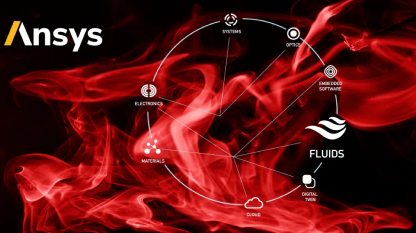
Innovative Simulations
Summit 2025
Join us on Saturday, June 10th, 2023, at 3 PM. The event will take place at Riverside Park, 123 River Lane, Springfield.
Ansys Multiphysics
Conference
Join us on Saturday, June 10th, 2023, at 3 PM. The event will take place at Riverside Park, 123 River Lane, Springfield.
Blog
Innovative Simulations
Summit 2025
Join us on Saturday, June 10th, 2023, at 3 PM. The event will take place at Riverside Park, 123 River Lane, Springfield.

Visioneering
Blogs & Trends
Discover how engineering simulation is expanding across the entire product lifecycle. engineering / product design analysis by modeling & simulation.

Innovative Simulations Summit 2024
Introduction Mi tincidunt elit, id quisque ligula ac diam, amet. Vel etiam suspendisse morbi eleifend faucibus eget vestibulum felis. Dictum

Ansys Multiphysics Conferences
Introduction Mi tincidunt elit, id quisque ligula ac diam, amet. Vel etiam suspendisse morbi eleifend faucibus eget vestibulum felis. Dictum

Ansys Multiphysics Conferences
Introduction Mi tincidunt elit, id quisque ligula ac diam, amet. Vel etiam suspendisse morbi eleifend faucibus eget vestibulum felis. Dictum

Innovative Simulations Summit 2024
Introduction Mi tincidunt elit, id quisque ligula ac diam, amet. Vel etiam suspendisse morbi eleifend faucibus eget vestibulum felis. Dictum
Innovate
Breaking News & White Paper
Discover how engineering simulation is expanding across the entire product lifecycle.
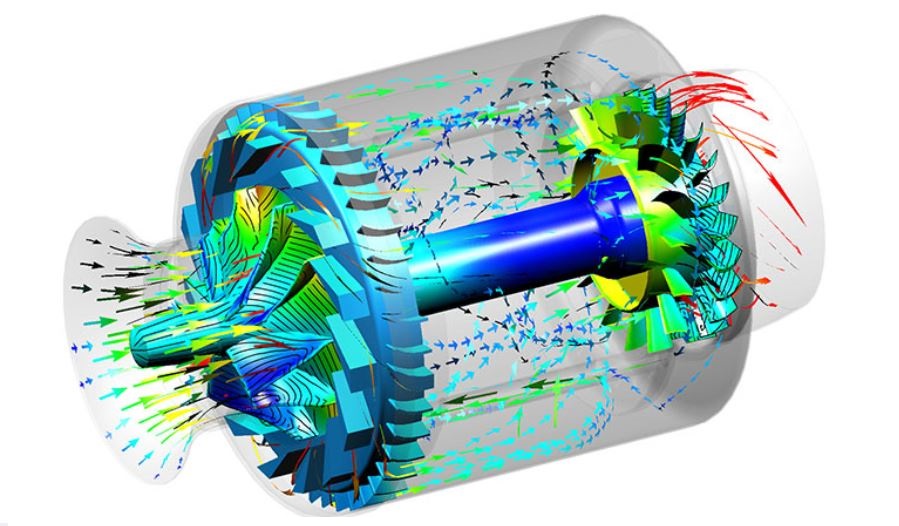
Smart Strategies for Large Structural Simulations
One way to gauge the progress of engineering simulation software is through the lens of size. Engineers today routinely run structural simulations with a few million degrees of freedom, and the largest commercial structural simulations have topped even 100 million degrees of freedom.
Introduction Mi tincidunt elit, id quisque ligula ac diam, amet. Vel etiam suspendisse morbi eleifend faucibus eget vestibulum felis. Dictum quis montes, sit sit. Tellus
Introduction Mi tincidunt elit, id quisque ligula ac diam, amet. Vel etiam suspendisse morbi eleifend faucibus eget vestibulum felis. Dictum quis montes, sit sit. Tellus
Introduction Mi tincidunt elit, id quisque ligula ac diam, amet. Vel etiam suspendisse morbi eleifend faucibus eget vestibulum felis. Dictum quis montes, sit sit. Tellus
studies
case
Explore Case Studies
Qantur Technologies is a pioneer engineering simulations company based in Gurgaon –India. We provides expert Computer Aided Engineering – CAE consulting services for engineering / product design analysis by modeling & simulation.
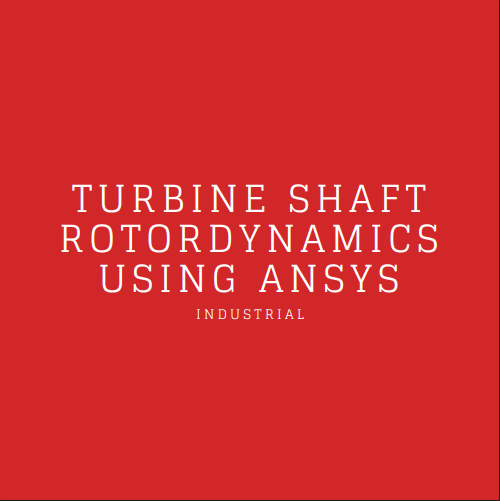
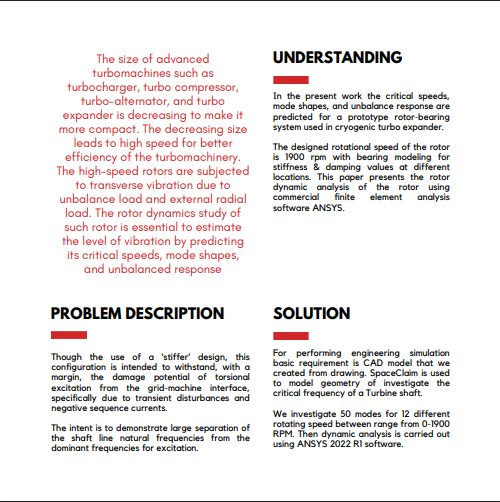
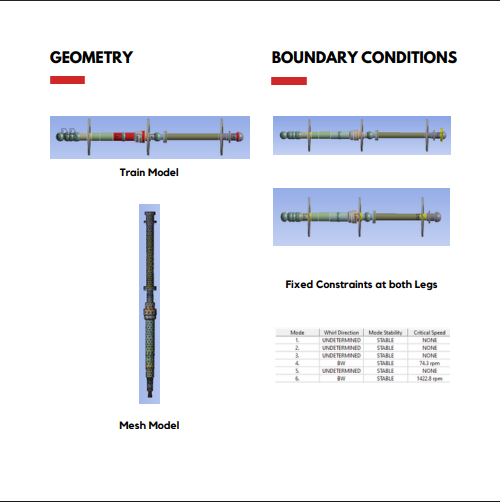
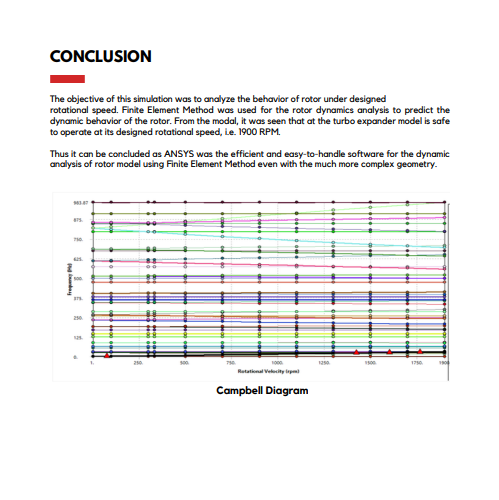






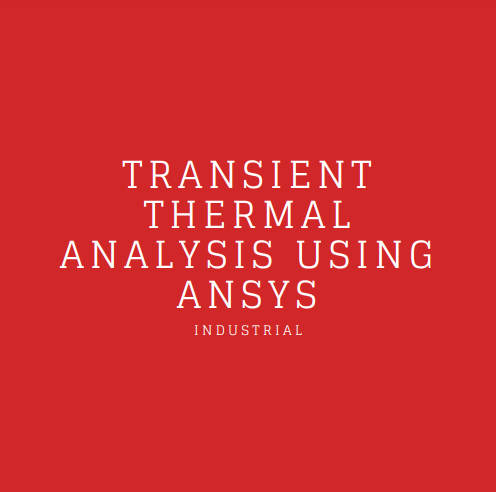
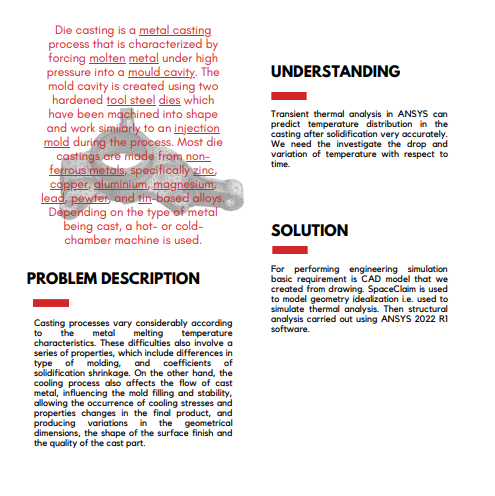
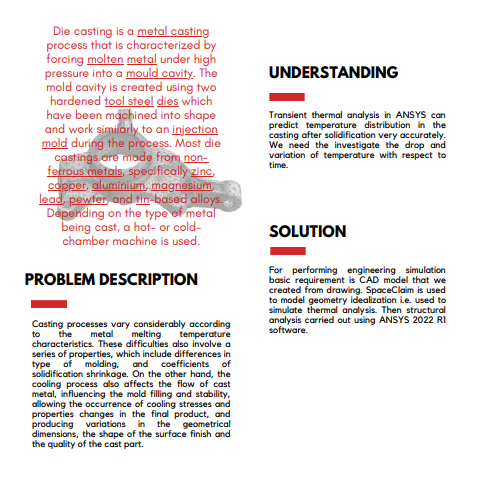
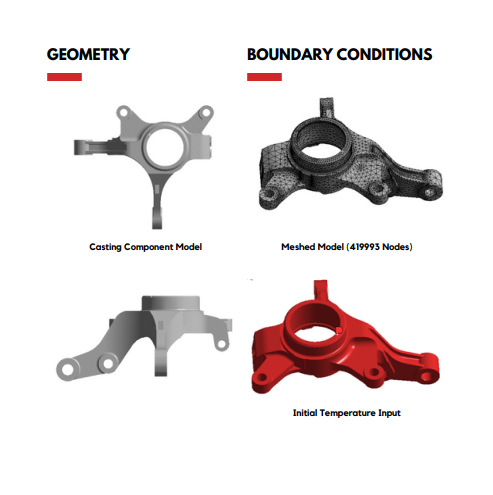
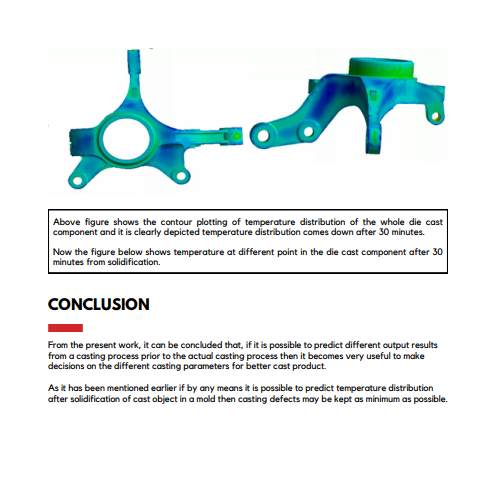
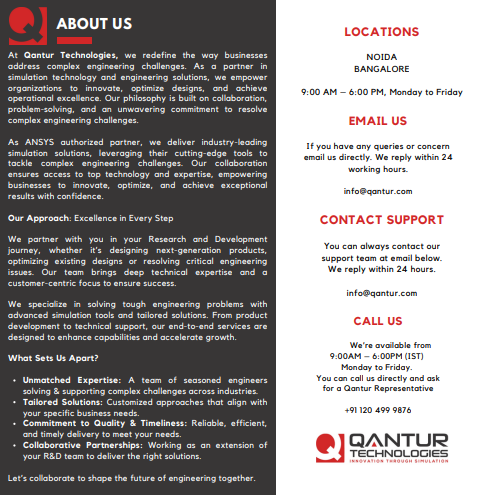






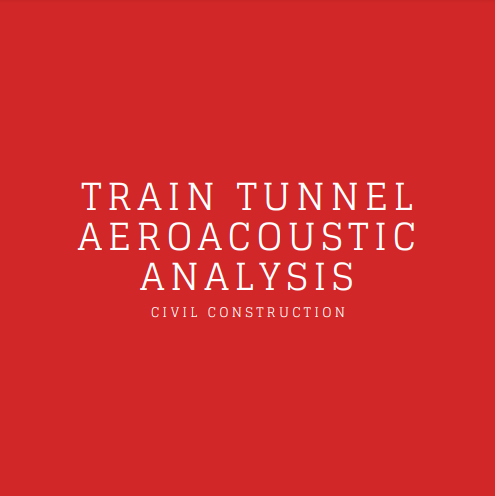
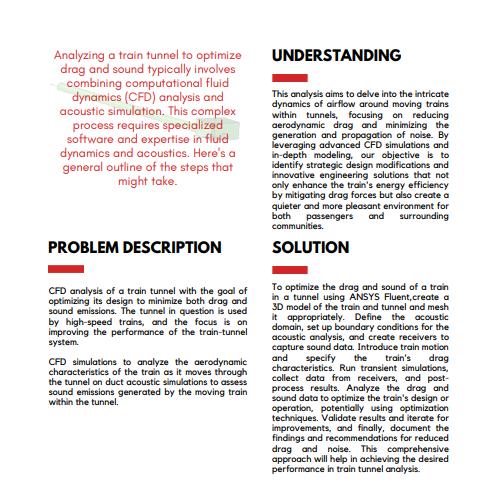
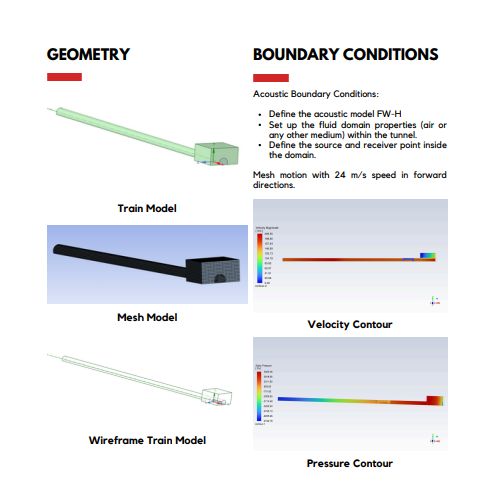
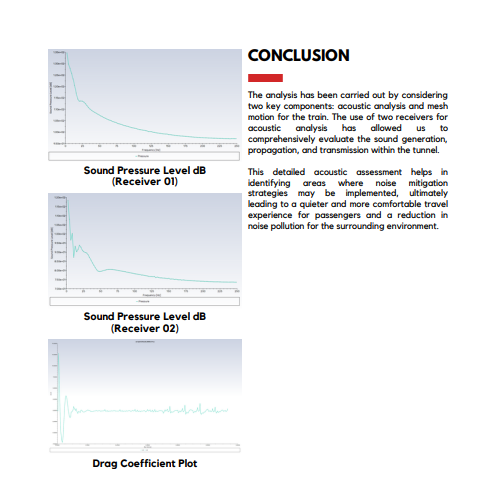











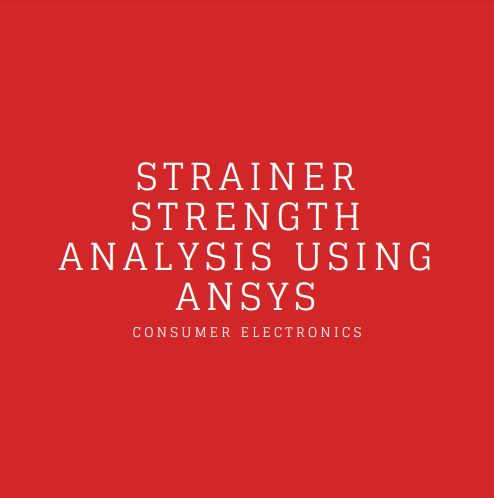
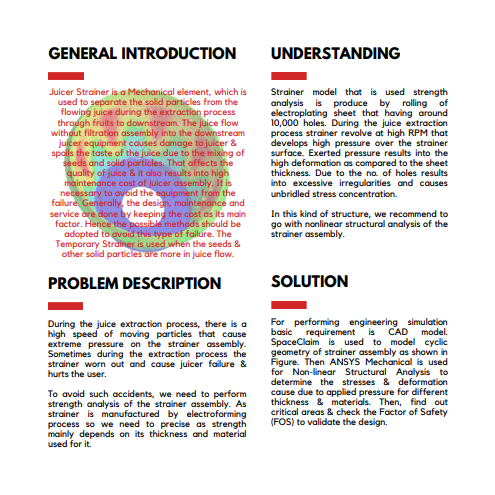
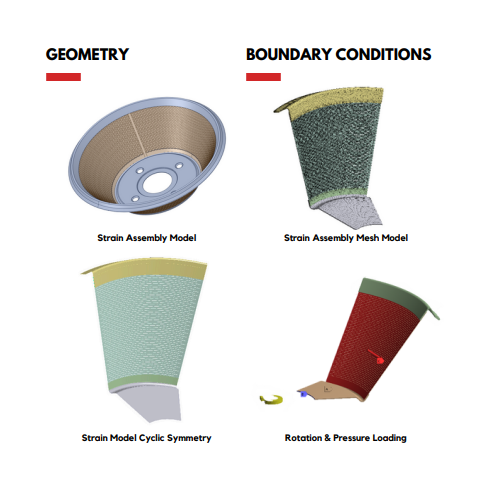
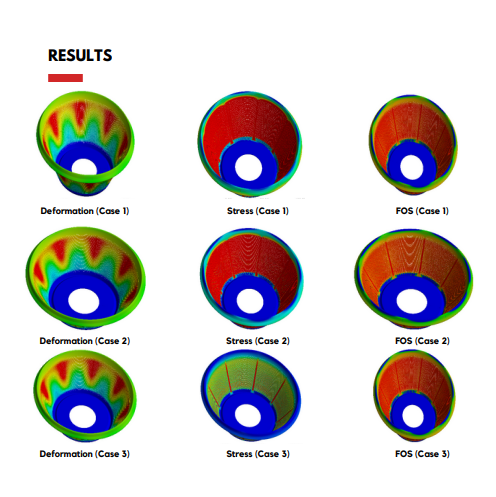
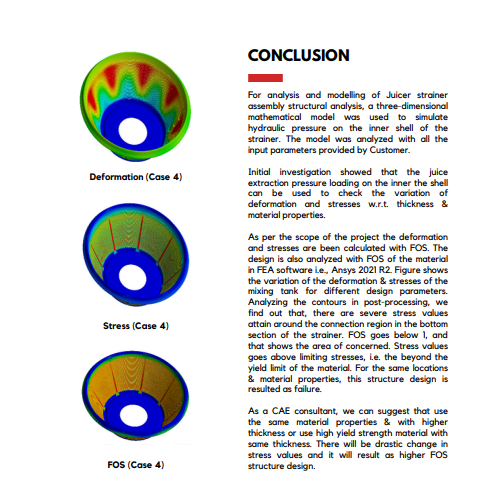
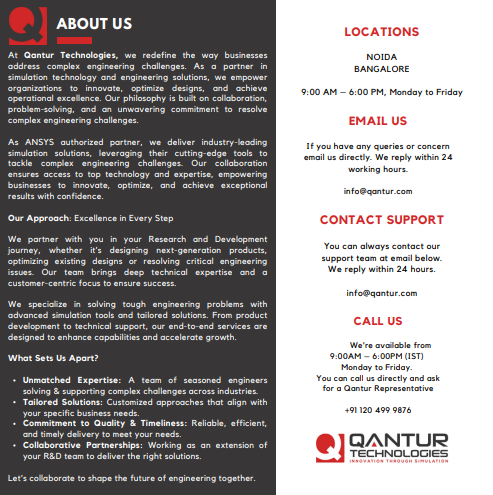







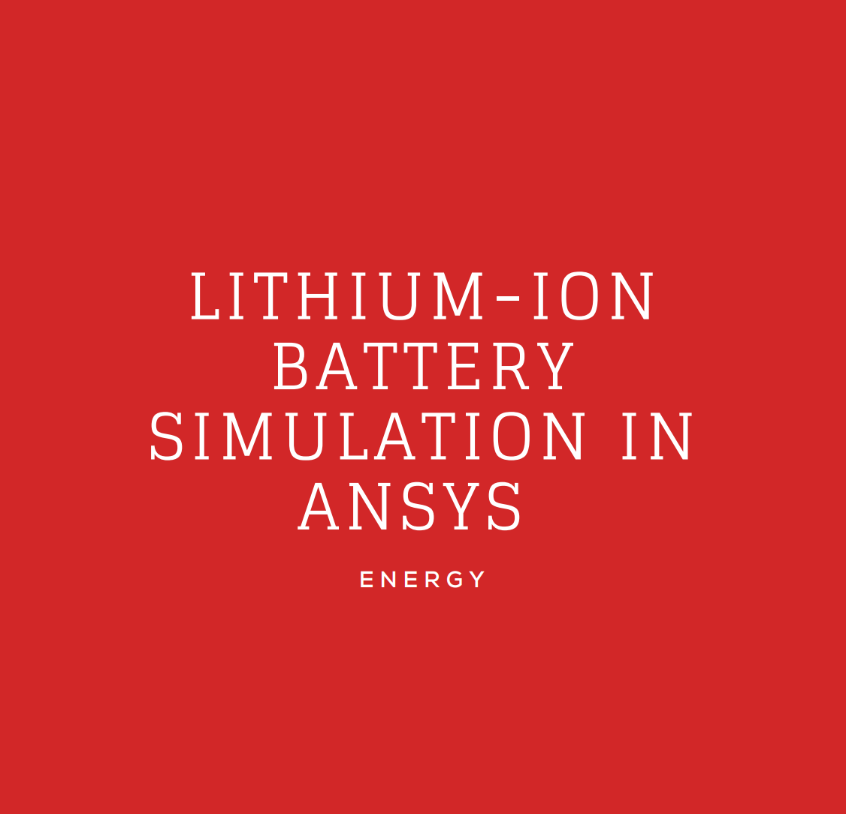
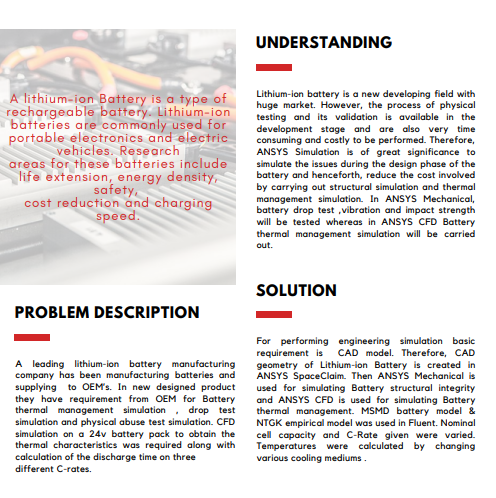
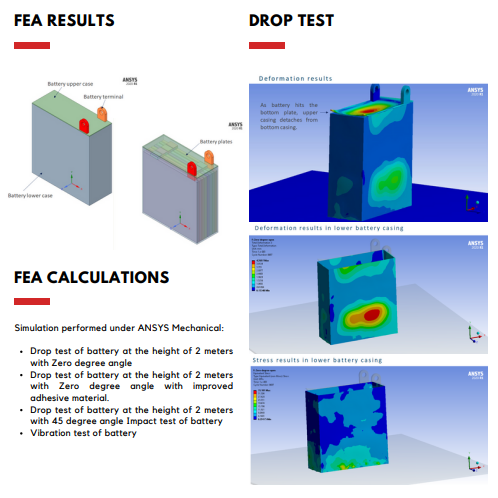
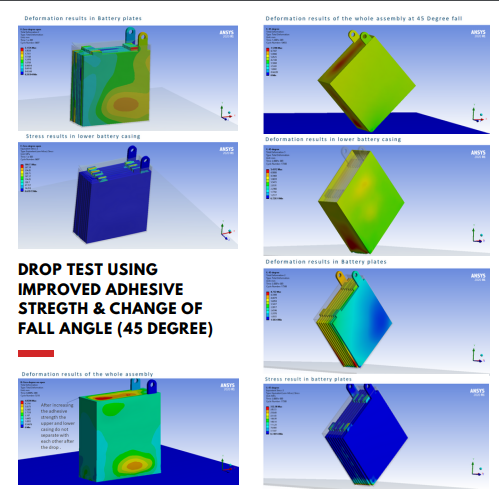
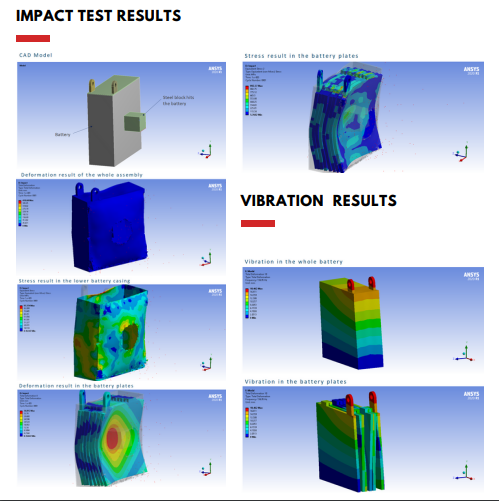
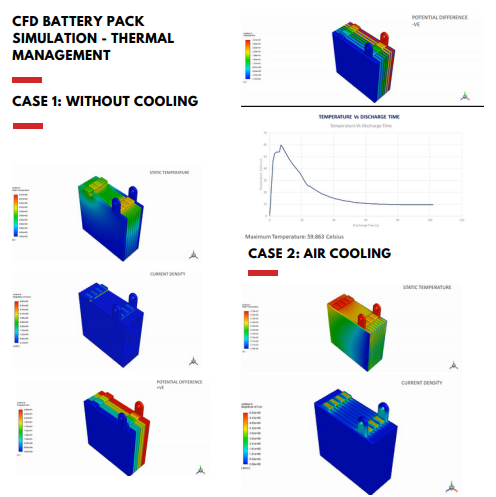
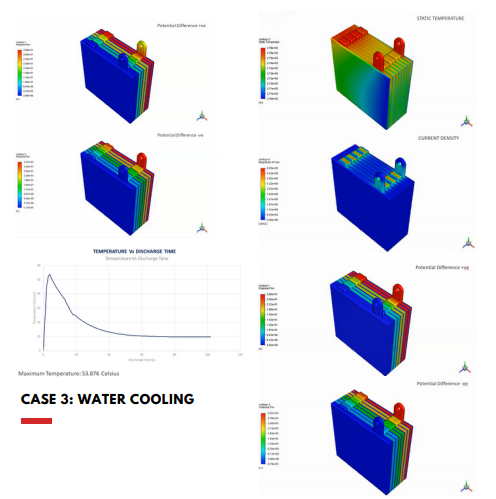
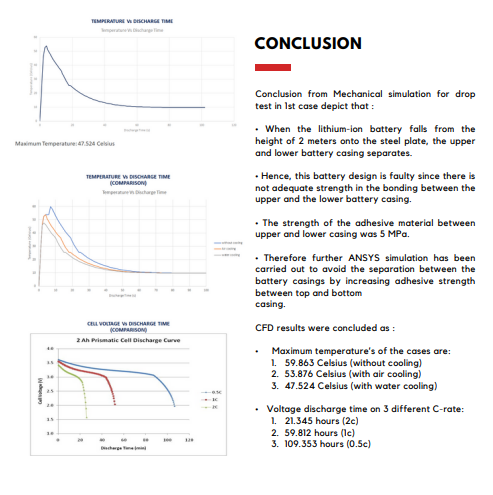

























Download Case Study
Transform Ideas into Reality—Explore Our Simulation Solutions Today!
Partner with Us to Revolutionize Engineering Excellence!
Testimonials
Customer Testimonials

Bengal Industries Pvt. Ltd
The ANSYS Mechanical training conducted by Qantur Technologies was highly informative and helped our engineers resolve critical challenges in contact modeling, meshing, and fatigue analysis. The sessions were well-coordinated, delivered on schedule, and supported with patient guidance by the trainer and account manager. We truly value Qantur’s expertise, professionalism, and post-sales support.
Bengal Industries Pvt. Ltd

Bliss Anand Pvt. Ltd.
During our evaluation of CFD solutions, Qantur Technologies stood out for their technical expertise, reliability, and customer-focused approach. Their consulting projects achieved 98% accuracy compared to experimental values, instilling strong confidence in their capabilities. Based on this experience, we selected them as our preferred partner for ANSYS software, consulting, training, and support. We highly recommend their services to organizations with simulation requirements.
Bliss Anand Pvt. Ltd.
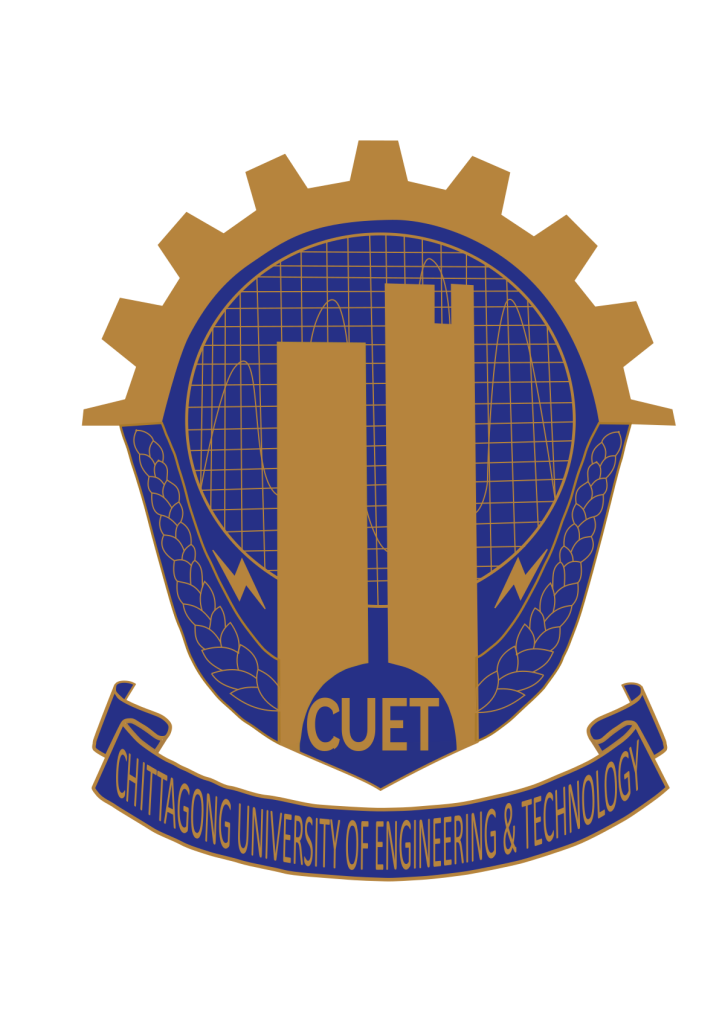
CUET, Department of Mechanical Engineering
We experienced significant value from Qantur Technologies’ expertise in ANSYS solutions, particularly in FEA and CFD consulting. Their skilled engineers provided insightful training on geometry, meshing, and modeling, which enhanced our students’ and faculty’s analytical skills. With exceptional support and patience from their trainers, we are pleased to recommend Qantur Technologies for ANSYS implementation, training, and advanced simulation services.
CUET, Department of Mechanical Engineering

Entecnia Consulting Pvt. Ltd.
Our collaboration with Qantur Technologies for ANSYS implementation and consulting has been outstanding. Their commitment, technical expertise, and timely support in FEA and CFD have added significant value to our engineering and R&D teams. The exclusive 15-day training session further enhanced our team’s analytical skills, and we truly appreciate their professionalism and ownership in managing the entire process seamlessly. We highly recommend Qantur Technologies for advanced CAE solutions.
Entecnia Consulting Pvt. Ltd.

Flovel Energy Pvt. Ltd.
Our experience with Qantur Technologies in implementing ANSYS HPC and CFD solutions has been remarkable. Their skilled engineers conducted in-depth training for our R&D team, equipping us with advanced methods to simulate hydro turbines and enhance component performance. Their reliable support, technical expertise, and resource assistance make them a trusted partner for ANSYS software, consulting, and training. We highly recommend Qantur Technologies for any ANSYS-related services.
Flovel Energy Pvt. Ltd.

Flovel Energy Pvt. Ltd.
We truly value the ANSYS SpaceClaim training conducted by Qantur Technologies at our R&D center. The course was tailored to our requirements, highly informative, and supported by hands-on workshops that enhanced our team’s modeling skills. Their application engineer was proactive, helpful, and ensured customization aligned with our needs. We look forward to engaging Qantur Technologies again for future application-based trainings.
Flovel Energy Pvt. Ltd.

IoTechWorld Avigation Pvt. Ltd.
At IoTechWorld, we develop advanced drones for agriculture, survey, and surveillance, and ANSYS Mechanical & CFD have been instrumental in optimizing our designs. Qantur Technologies supported us with the right resources, training, and technical expertise to address complex FEA & CFD challenges. Their team’s commitment and knowledge have empowered us to innovate faster and more effectively. We highly recommend Qantur Technologies for ANSYS implementation, consulting, and support.
IoTechWorld Avigation Pvt. Ltd.

Karman Drones Pvt. Ltd.
Our collaboration with Qantur Technologies for At Karman Drones, innovation drives our mission in AI-powered autonomous drones. Qantur Technologies has been a key partner in implementing ANSYS software, providing outstanding FEA & CFD expertise, consulting, and hands-on training. Their engineers have empowered our team with advanced simulation knowledge, improving design validation, performance optimization, and overall efficiency. We highly recommend Qantur Technologies for their exceptional support and technical proficiency.
Karman Drones Pvt. Ltd.

Mittal Electronics
At Mittal Electronics, innovation and R&D are at the heart of our product development. Partnering with Qantur Technologies for ANSYS FEA & CFD has been transformative—helping us accelerate design validation, optimize performance, and tackle complex engineering challenges with confidence. Their expert training, consulting, and quick response have greatly strengthened our engineering capabilities. We look forward to continued collaboration with Qantur Technologies.
Mittal Electronics

MV Electrosystems Pvt. Ltd.
At MV Electrosystems, innovation in rail transportation demands precision and reliability. Partnering with Qantur Technologies for ANSYS ICEPAK & Mechanical has significantly enhanced our ability to optimize product design, improve efficiency, and accelerate development. Their expert training, technical guidance, and hands-on support in FEA & CFD not only strengthened our engineering skills but also deepened our understanding of core physics. We truly value this collaboration and highly recommend Qantur Technologies for simulation-driven innovation.
MV Electrosystems Pvt. Ltd.

Nicotra India Pvt. Ltd.
At Nicotra India, precision in fan design is critical. Qantur Technologies has been a valuable partner, providing quick and responsive CFD support—both onsite and online—that helped us validate designs and solve complex meshing and model setup challenges. Their extensive training sessions empowered our R&D team with practical simulation expertise, strengthening our analytical and design capabilities. We are pleased with their services and highly recommend them for ANSYS implementation and technical support.
Nicotra India Pvt. Ltd.

NTF (India) Pvt. Ltd.
At NTF India, we rely on advanced engineering solutions to deliver world-class automotive components. Qantur Technologies has been a trusted partner, supporting us with ANSYS implementation and in-depth FEA analysis for our key projects. Their professionalism, technical expertise, and ability to deliver under challenging conditions have consistently exceeded our expectations. We highly value their commitment and look forward to continued collaboration on future product development initiatives.
NTF (India) Pvt. Ltd.

Onassis Auto Limited
At Onassis Auto, precision and reliability are at the core of our automotive components. With Qantur Technologies’ guidance in Ansys Mechanical, we have successfully enhanced our engineering capabilities, optimized transmission components, and improved efficiency. Their hands-on training, prompt support, and expertise in FEA have greatly empowered our R&D team. We are pleased to recommend Qantur Technologies for their outstanding technical services and commitment.
Onassis Auto Limited

P2P Analysis & Solutions
At P2P Analysis & Solutions, innovation is our core, and Qantur Technologies has been an invaluable partner in this journey. Their technical excellence in Ansys Mechanical and LS-DYNA, coupled with meticulous training and proactive support, has empowered our team to solve complex challenges with confidence. Their professionalism, collaborative approach, and customer-centric commitment make them a trusted long-term partner. We strongly recommend Qantur Technologies for any Ansys-related solutions and services.
P2P Analysis & Solutions

S&O Marintime
S&O Marintime



